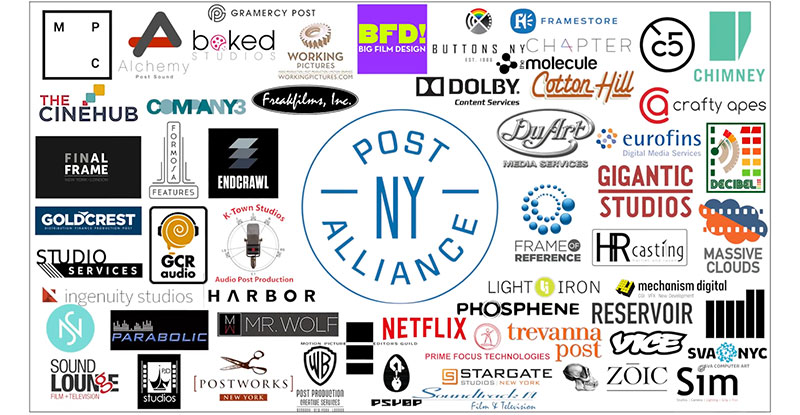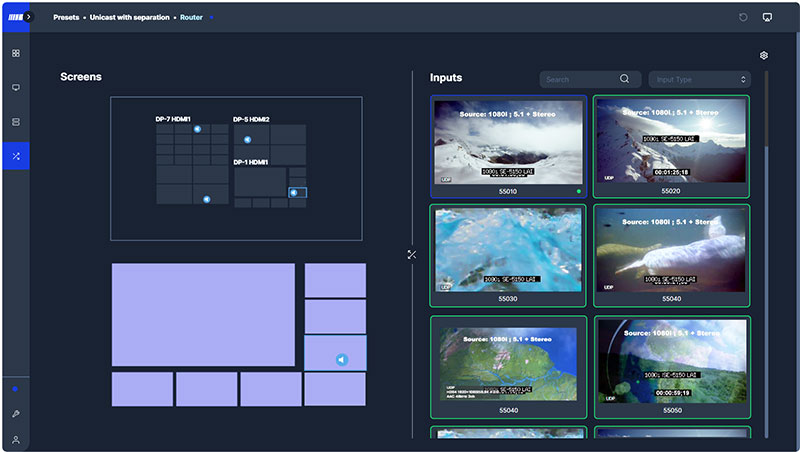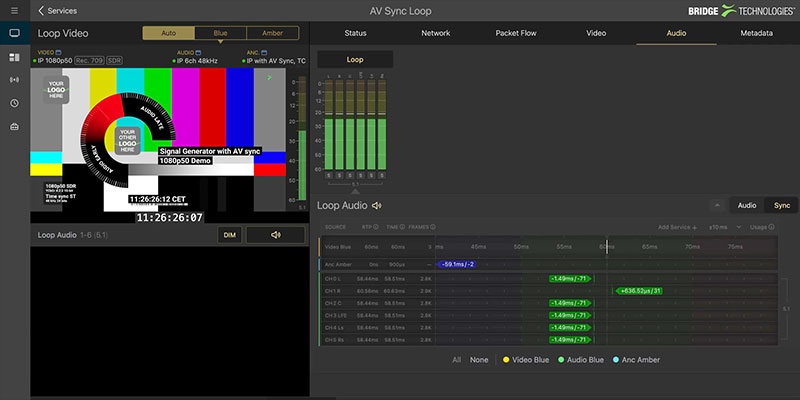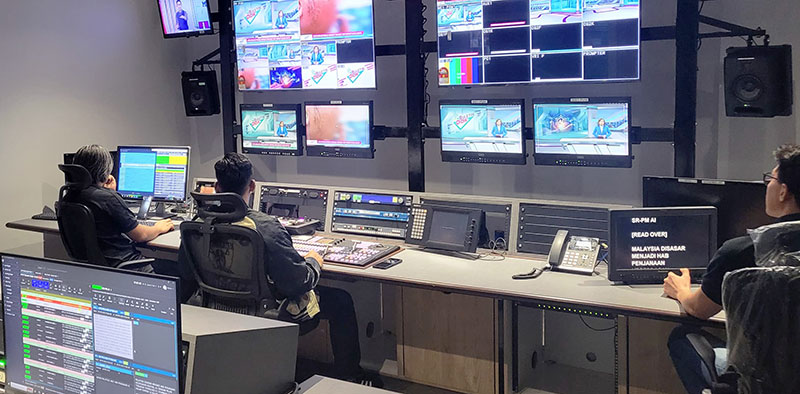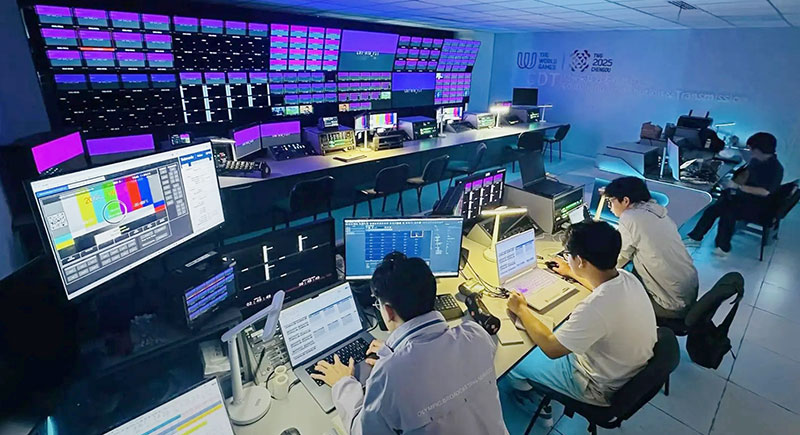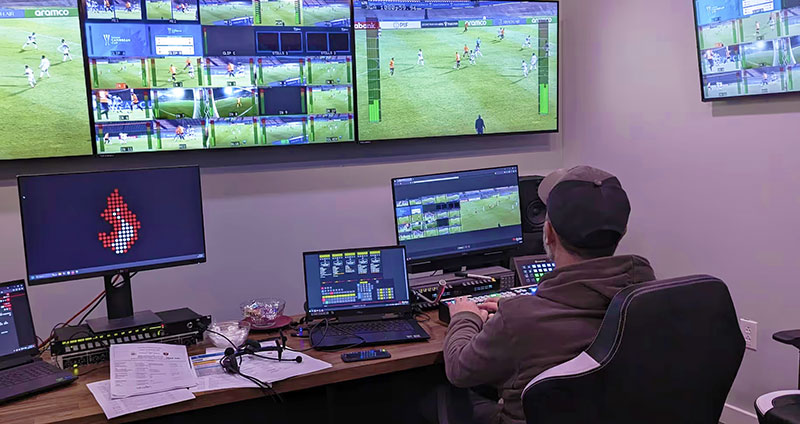Migration SDI to OTT and IP at yes has been complex and consumer-driven. Supported by TAG’s flexible real-time monitoring, yes has optimised operations for efficiency and cost-effectiveness.

yes, the pay-TV subsidiary of telecom Bezeq and a major OTT service provider in Israel, has replaced its former SDI baseband monitoring operations, setting up an integrated system capable of handling its present demands and keeping pace with change. Yes is aware of the need to launch new services and implement new developments and formats – including HDR, SRT and NDI – to deliver a competitive Quality of Experience (QoE) to a subscriber base whose demands and expectations constantly evolve.
yes has deployed TAG Video System's software-based monitoring, probing and alarm system at the yes headend in Kfar Saba to support its growing OTT delivery platform, using the TAG multi-level Realtime Media Platform. Because the platform supports most media workflows and formats, it can be applied to each step of the supply chain – live production, playout, delivery and OTT distribution. Initially installed to support yes's satellite distribution service, the company has since begun to use TAG to accommodate its streaming platforms as well, as they expand.
The system extends from data aggregation to managing content processing and delivery, handling multiple workflows with a single, straightforward web interface. The platform also has a customised decryption key making it possible to bring OTT content and Quality of Service (QoS) monitoring as close to the CDN-edge as possible.
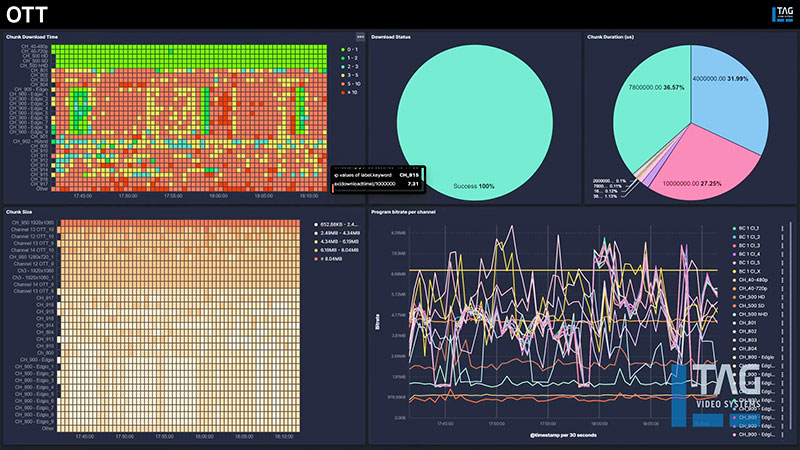
Although content owners need their OTT content to be encrypted, it means OTT operators are unable to adequately monitor the content to check the quality before distribution. By integrating a decryption key into the TAG MCM-9000 software, the programming is decrypted after the packager in a secure zone. It can be safely visualised at the mosaic output for probing, alarming and monitoring in real-time.
Through TAG's Zer0 Friction policy, yes can access all of TAG’s capabilities through one common license to accommodate each of its market segments.
Combined with TAG's Adaptive Monitoring feature, yes has the tools to service any of its delivery platforms simultaneously, individually, or not at all. Adaptive monitoring optimises CPU usage without sacrificing error detection by using three operating modes – full monitoring, light monitoring and extra-light monitoring – adaptively per-input-source. In full monitoring mode, the input source is fully decoded for real time display in a tile of the multiviewer’s mosaic while it is continuously probed, analysed and alarmed for errors.
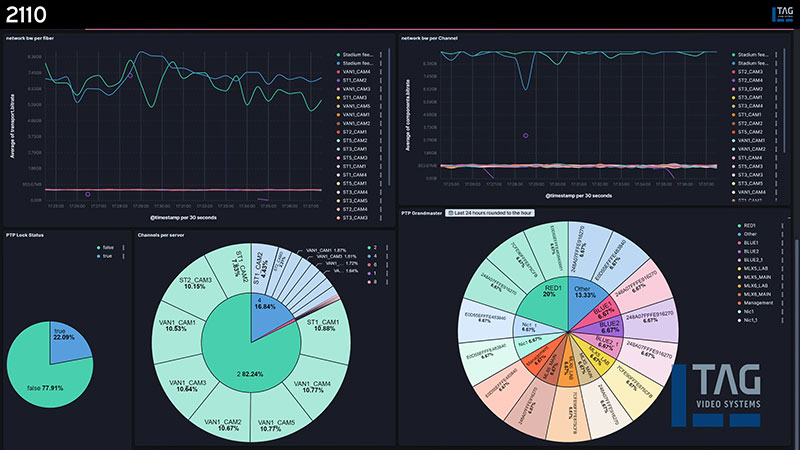
Each frame of the video is decoded to create a continuous picture, which puts heavy demands on CPU resources. But since many aspects of monitoring don’t require real-time video and full-time decoding, in the lighter modes, just part of the frames are decoded in short intervals between each decoded frame, which is enough to detect the presence of the video but not to display it in real time.
Itzhak Elyakim, VP Engineering & CTO for yes commented that allowing consumer consumption to drive the many technical requirements supporting new delivery platforms is good for viewers but results in very rapid change. "Having TAG as our monitoring partner has given us a true advantage, as they are always one step ahead of technology changes, allowing us to design an ideal service for customers. Their support as we migrated the challenging path from SDI to OTT and IP has been invaluable." tagvs.com





